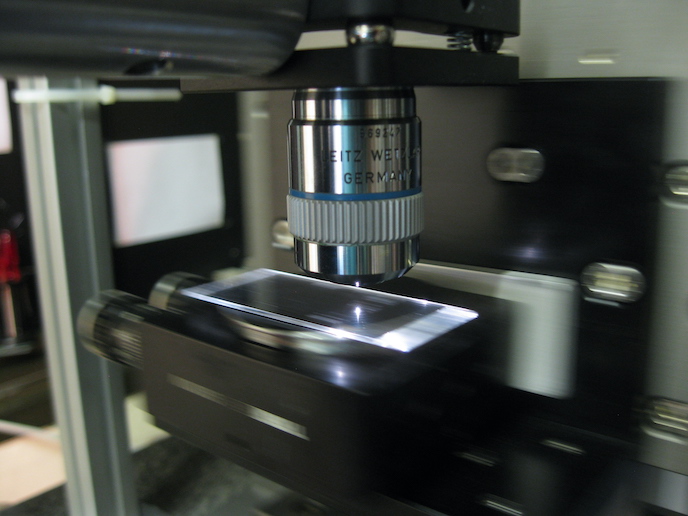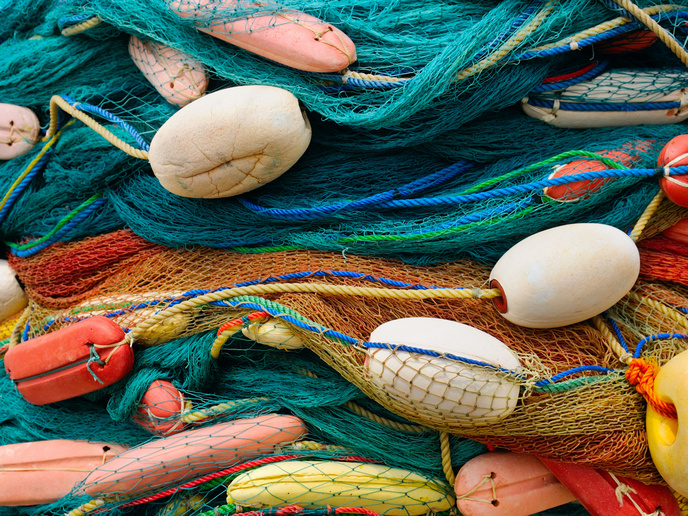Better moulds for plastic and metal parts
Metallic and plastic components are ubiquitous. They are commonly produced using moulds, much as one bakes a cake in a specialty pan to form a car or a heart shape. Among the processes relying on moulds are high-pressure die casting (HPDC), injection moulding and blow moulding. More than 2,000 small and medium-sized enterprises (SMEs) in the EU are involved in the mould-making sector even though they face intense competition from less expensive countries. Given the huge volume and variety of parts produced, improving the parameters of the production process would have significant and far-reaching impact. European investigators initiated the Foinmoulds project to do so by employing a new mould concept employing metal foam inserts (cellular materials) to enhance heat dissipation and potentially reduce mould weight. Together, these two factors could reduce mould distortions resulting in higher quality products, less scrap and less maintenance. Investigators decreased mould manufacturing time and costs significantly. Analysis of mould performance demonstrated enhanced thermal behaviour in moulds containing foams in their cooling channels leading to improvements in all three metal and plastic moulding processes. The Foinmoulds consortium also created a complete database of the various foams’ properties to assist in design of future moulds. Foinmoulds thus contributed valuable new technology relevant to thousands of companies involved in making moulds, using them to manufacture plastic and metal components and end users of the components produced. Commercialisation of concepts has the potential to substantially enhance the EU’s competitive position that has been troubled by imports from ‘low-cost’ countries.







